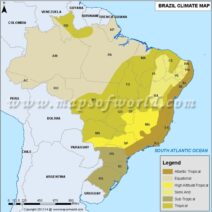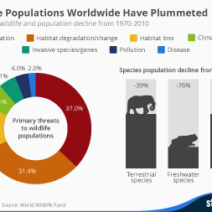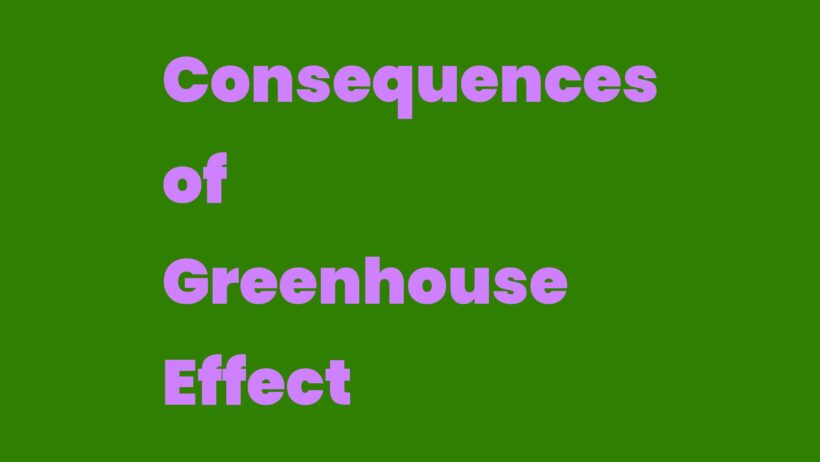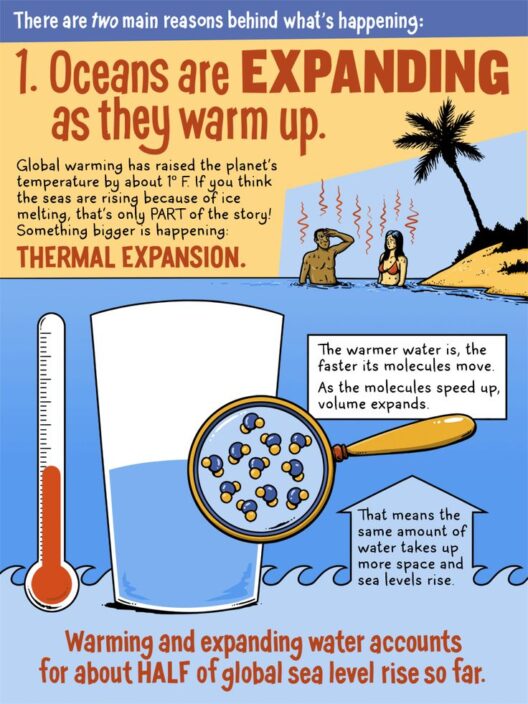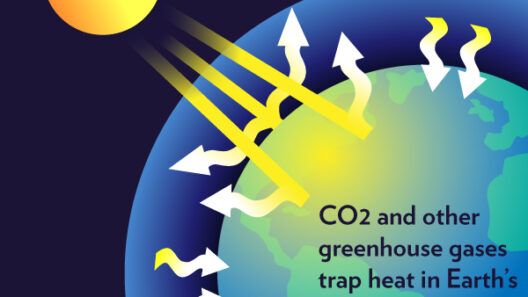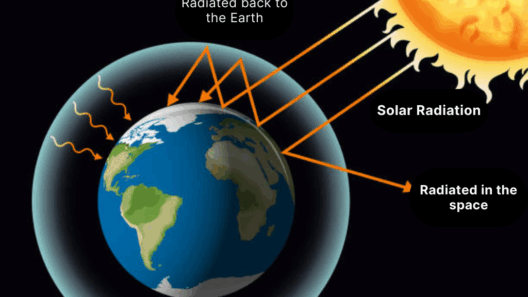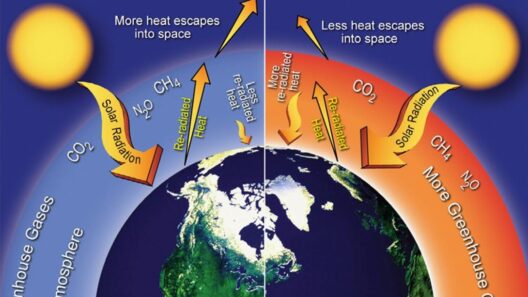The greenhouse effect is akin to a warm blanket wrapped snugly around our planetary home. It is essential for maintaining life as we know it, but when it becomes excessively thick, that same blanket heralds dire consequences. Understanding the apex of the greenhouse effect necessitates a journey through its mechanism, intensity, and the ramifications of its burgeoning strength. This intricate tapestry of science seamlessly interweaves the elements of our atmosphere and the principles of thermodynamics, highlighting the delicate balance that sustains our ecosystem.
Central to this phenomenon are greenhouse gases, which include carbon dioxide, methane, nitrous oxide, and water vapor. These gases are adept at trapping heat from the sun, preventing it from escaping back into space. The result is a gradual warming of the Earth’s surface—a process not inherently malevolent, but rather a natural part of Earth’s climatic cycle.
However, as humanity’s industrial activities have escalated, so too has the concentration of these gases in the atmosphere. The consequences of such an imbalance precipitate numerous ecological and climatic crises, illustrating the dual nature of the greenhouse effect: a necessary driver of life that, when exaggerated, becomes a harbinger of environmental upheaval.
The Balance of Nature: Mechanism and Regulation
The greenhouse effect operates on the principles of absorption and re-radiation. Solar energy penetrates the atmosphere, where certain wavelengths are absorbed by the Earth’s surface. This energy is then emitted back into the atmosphere as infrared radiation. Herein lies the role of greenhouse gases, which absorb this radiation and re-emit it in all directions, including back toward the Earth. This interaction maintains average global temperatures that allow life to flourish.
Without the greenhouse effect, Earth would resemble a frigid desert rather than the vibrant planet that supports an array of organisms. Scientific estimations suggest that, without greenhouse gases, the Earth’s surface temperature would be approximately -18 degrees Celsius (0 degrees Fahrenheit) rather than the habitable 15 degrees Celsius (59 degrees Fahrenheit) we currently experience. Thus, this phenomenon is not merely a technicality of atmospheric science, but rather a vital component of our existence.
Yet, the ever-increasing emissions from human activities—fossil fuel combustion, deforestation, and agricultural developments—have precipitated an alarming rise in these gases. The last decade has witnessed unprecedented carbon dioxide levels, surpassing 410 parts per million. These concentrations scream a clarion call for urgent action, reflecting a climate tipping point that threatens to spiral out of control.
Temperature Temptations: The Intensity of the Effect
Integral to comprehending the greenhouse effect’s dire implications is understanding its intensity. The concept of ‘radiative forcing’ serves as a crucial metric in this regard. It quantifies the difference in energy absorbed by the Earth and energy radiated back to space, thereby representing the warming potential of various greenhouse gases.
Carbon dioxide, with a radiative forcing value of about 1.68 watts per square meter, is the most prominent culprit, followed by methane, which has a staggering 28-36 times greater warming potential than carbon dioxide over a 100-year period. The intensity of the greenhouse effect generates heatwaves, extreme weather events, and unpredictable seasonal changes, orchestrating a symphony of chaos across the globe.
Global Climate Models indicate that if greenhouse gas emissions continue unabated, we could witness average global temperature increases exceeding 3 degrees Celsius (5.4 degrees Fahrenheit) by the end of the century. Such findings paint a foreboding picture of the future—a world plagued by permafrost melt, rising sea levels, and increasingly inhospitable habitats.
Beyond Carbon: The Multifaceted Consequences
The repercussions of an intensified greenhouse effect extend far beyond mere temperature fluctuations, manifesting as a cascade of consequences that reverberate across natural and human systems alike. Ecosystems, already teetering on the precipice, will face unprecedented stress as habitats shift and species struggle to adapt. Coral reefs, often referred to as the “rainforests of the sea,” are notoriously susceptible. The phenomenon of coral bleaching, exacerbated by increased water temperatures and acidification, could lead to their extinction, unraveling marine biodiversity.
Moreover, the agricultural sector finds itself caught in this perilous web. Altered precipitation patterns, prolonged droughts, and intensified storm systems beg for consideration. Food security, a pressing concern for billions, hangs in the balance as crop yields diminish and novel pathogens proliferate. The socio-political implications are profound, ushering in a new era of climate refugees, economic instability, and conflict over dwindling resources.
Policymakers and individuals must grasp the gravity of this situation. Remaining passive allows the greenhouse effect to ascend to its apex, where it becomes an existential crisis. Collective action—comprehensive legislation, innovation in renewable energy technologies, and a cultural shift towards sustainability—must prevail. The long-term health of our planet and the survival of future generations rest precariously on our ability to comprehend and mitigate the greenhouse effect.
In conclusion, while the greenhouse effect is a natural process fundamental to life on Earth, the escalating human influence has pushed it towards a precarious apex. Understanding its mechanisms and consequences is crucial to fostering effective responses. As we stand at this critical juncture, embracing stewardship over our environment is not just beneficial; it becomes an imperative. The curtain must rise on a new narrative of environmental consciousness, warming hearts and minds towards a sustainable future.
